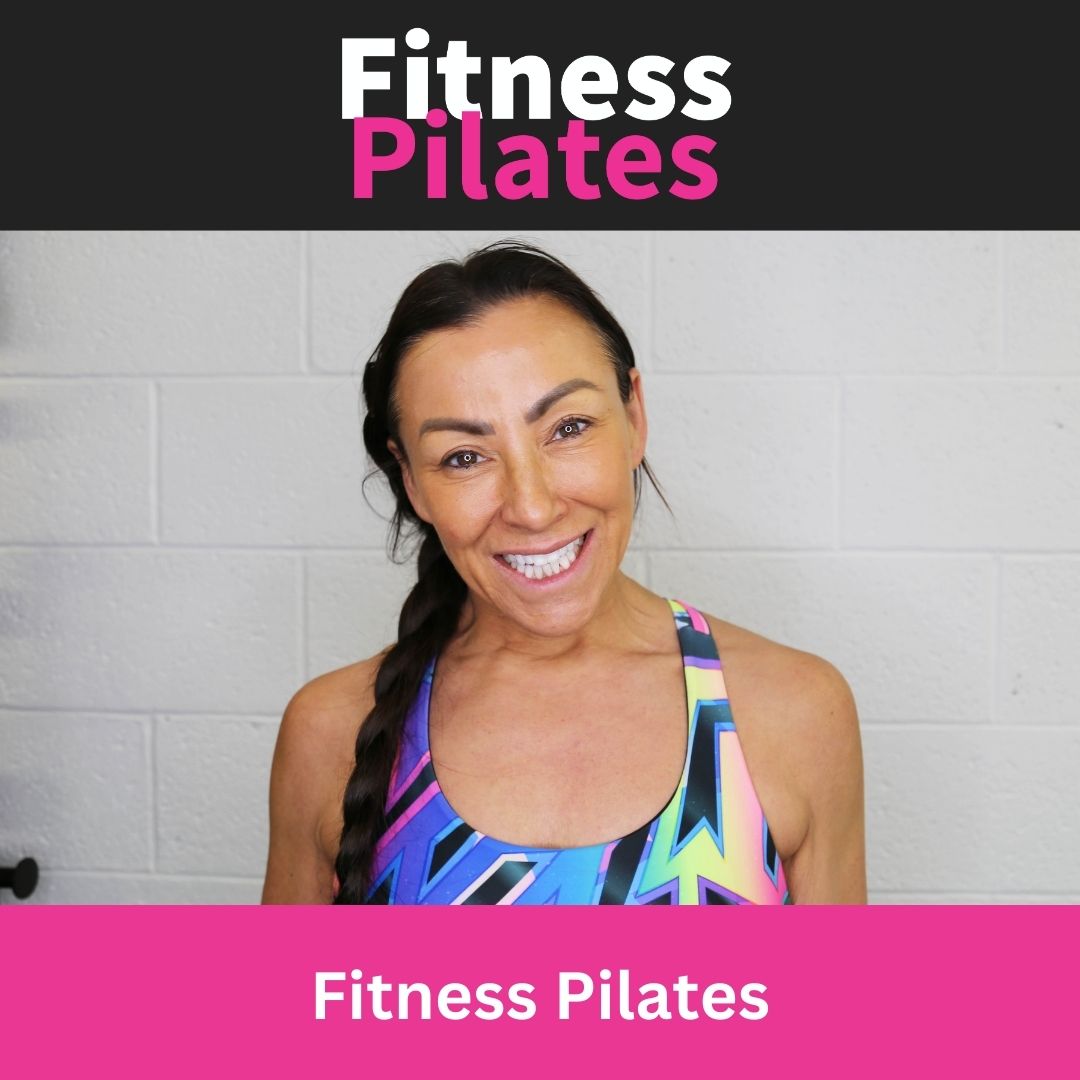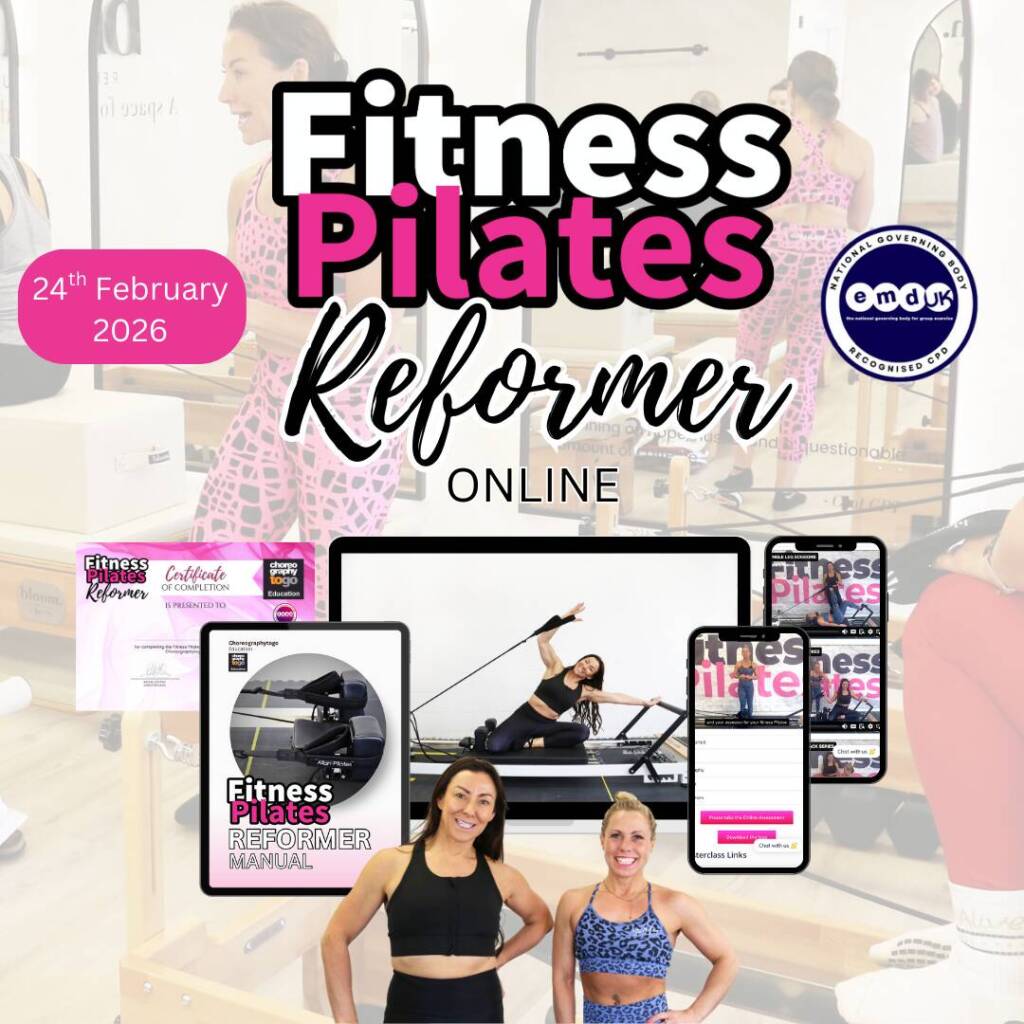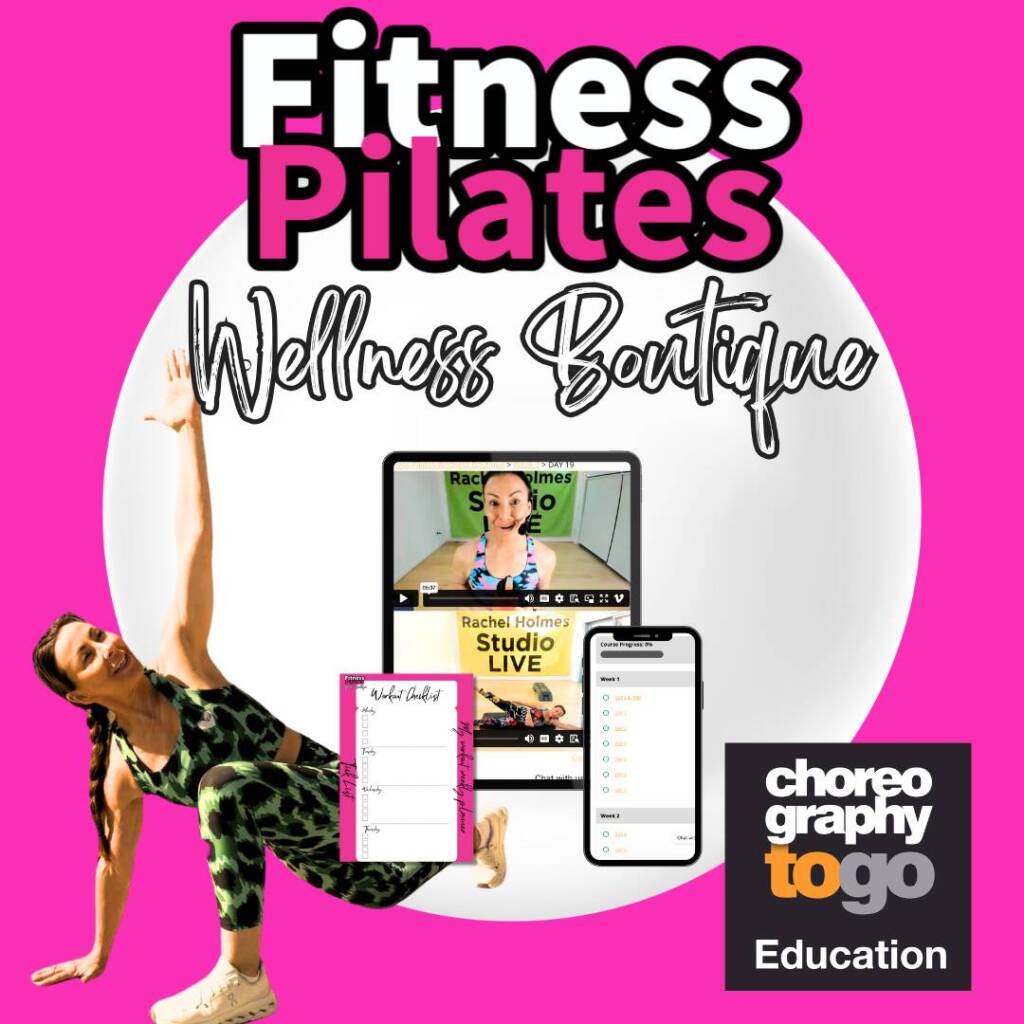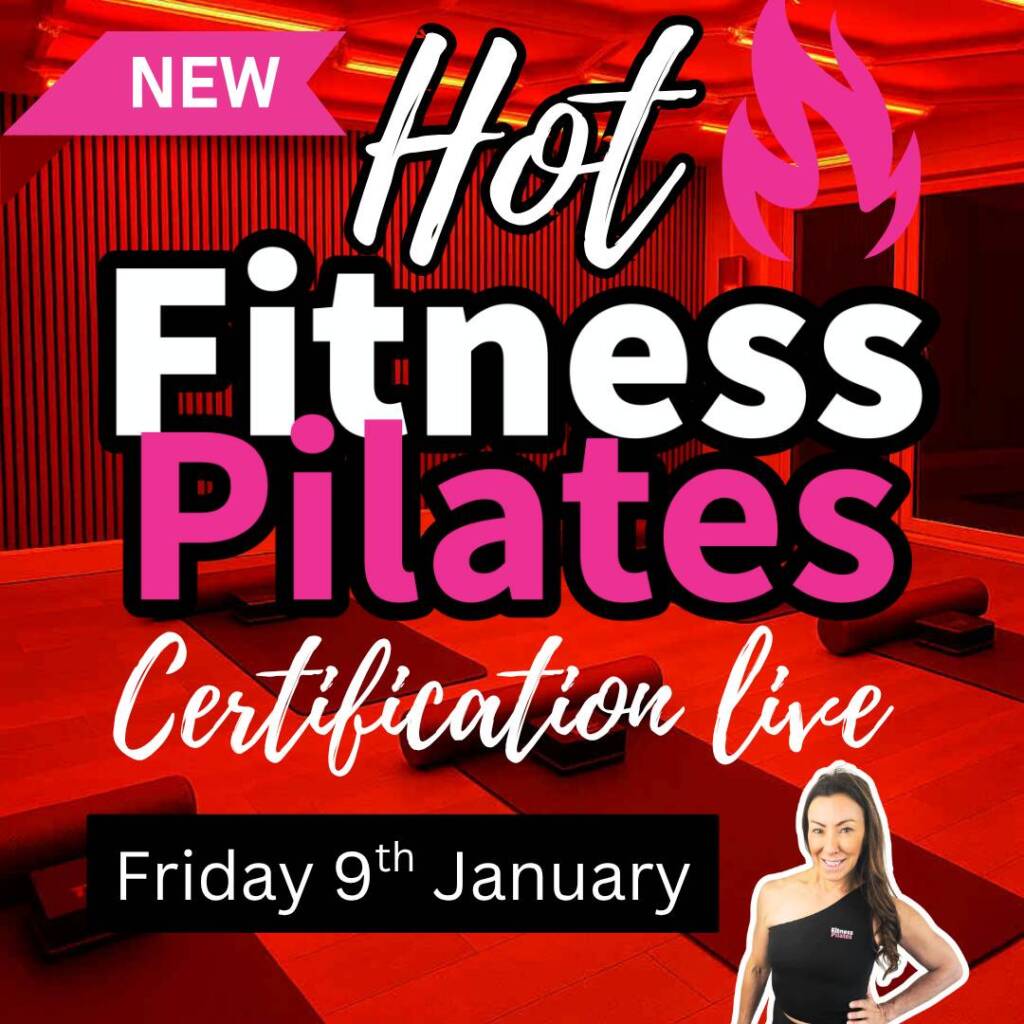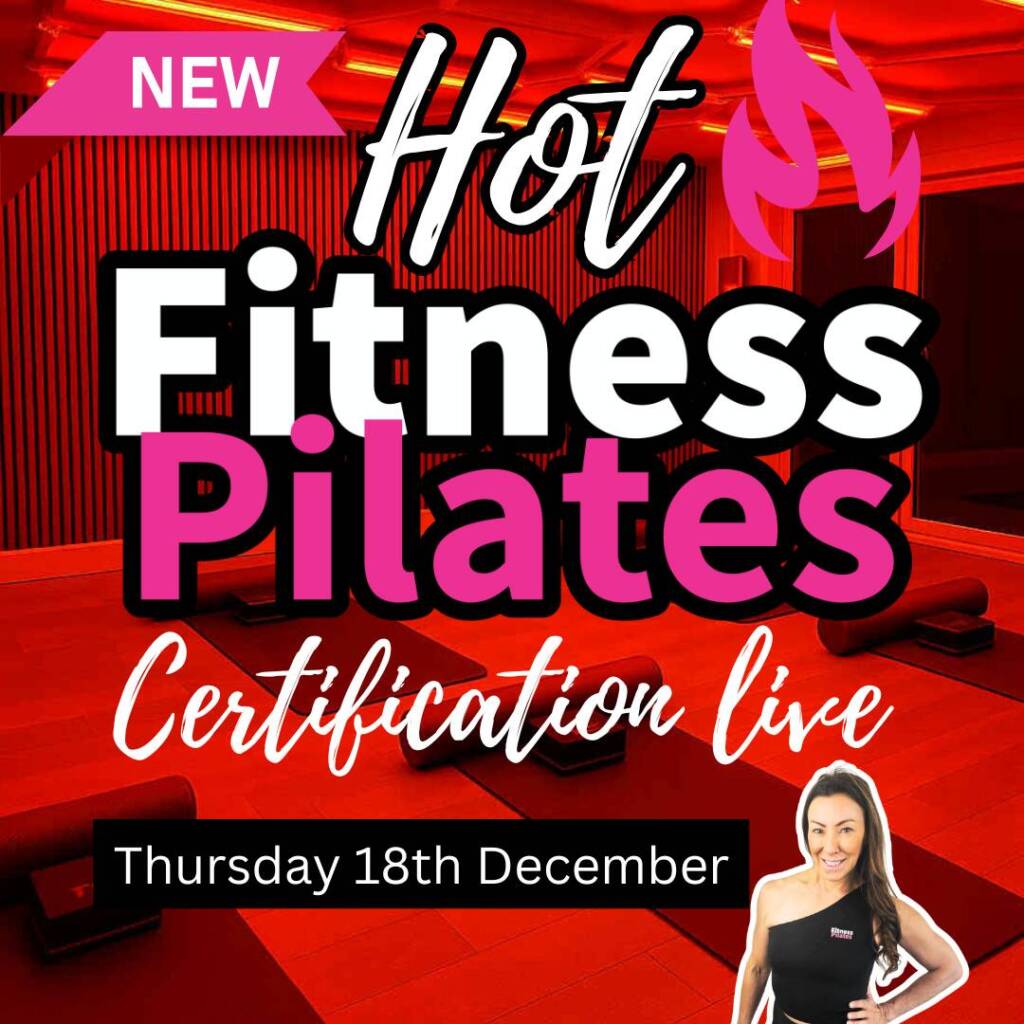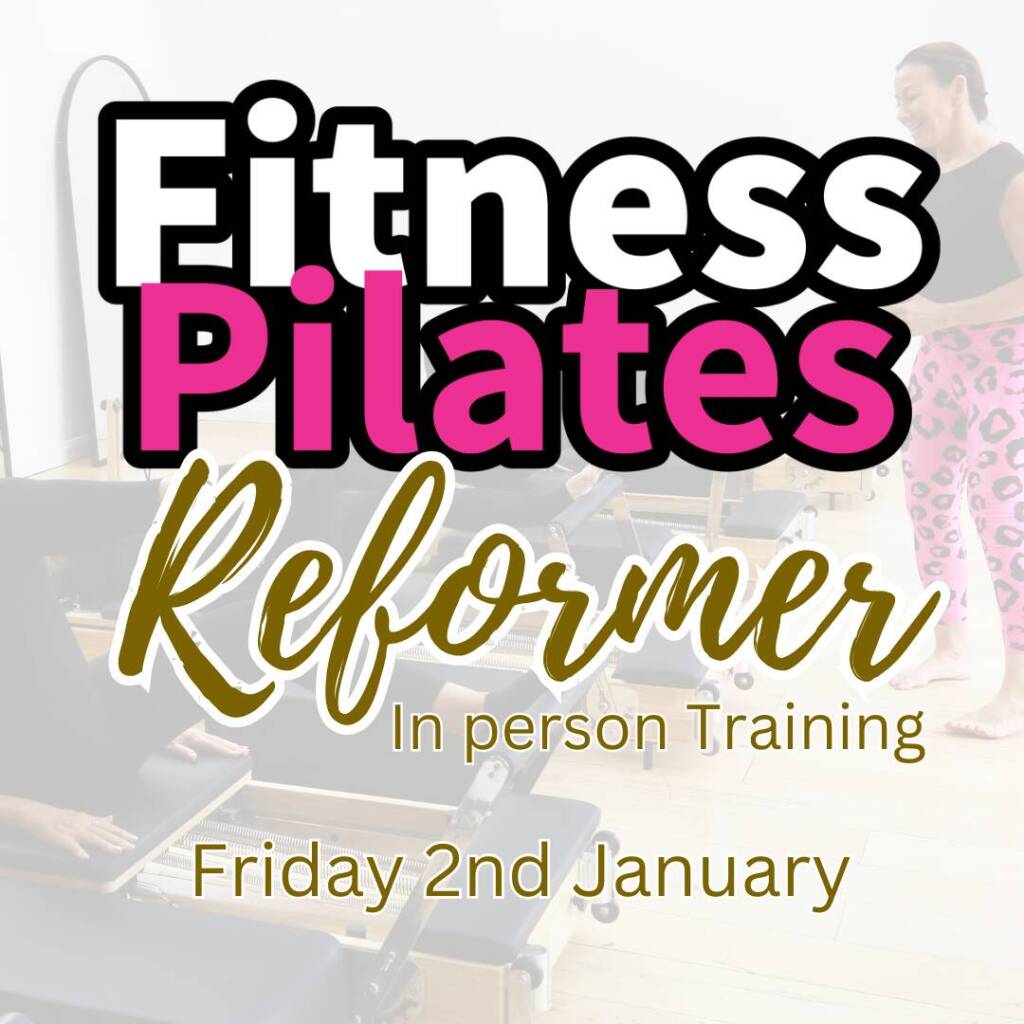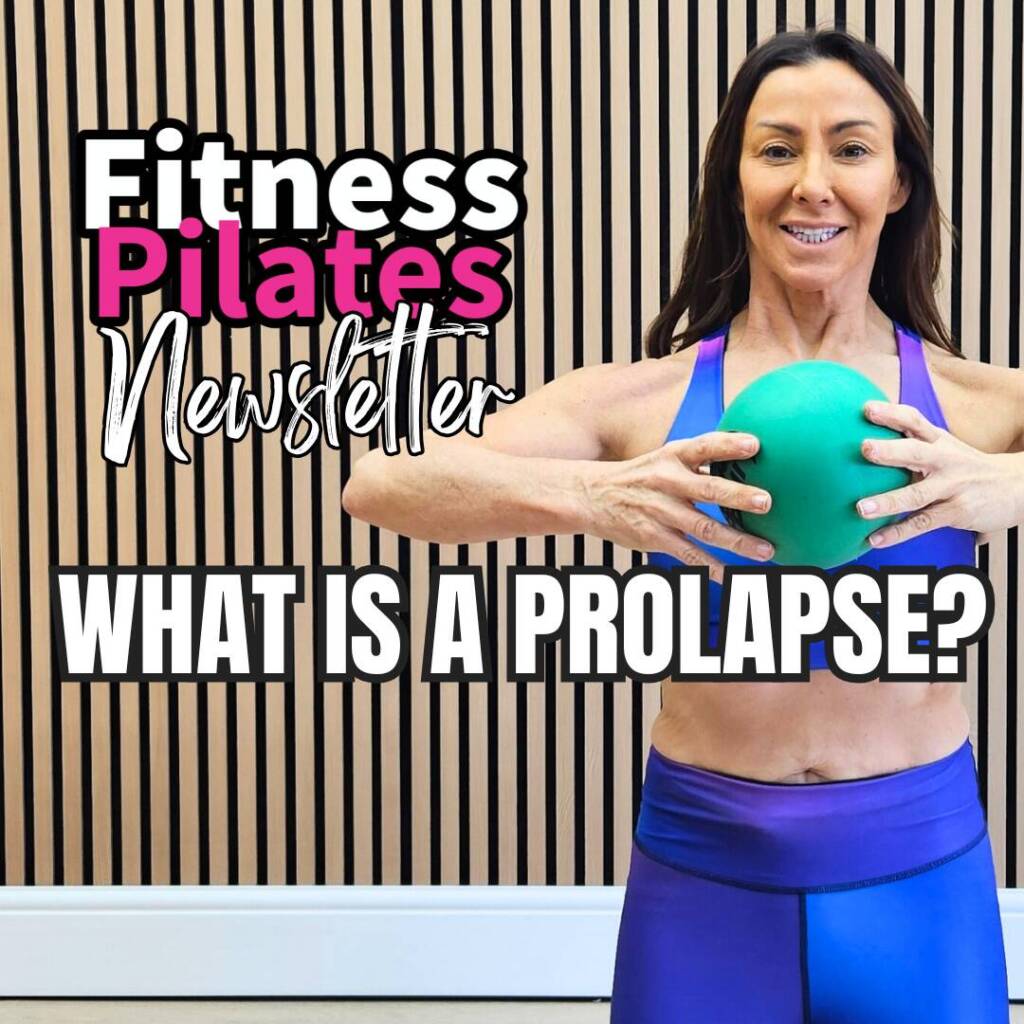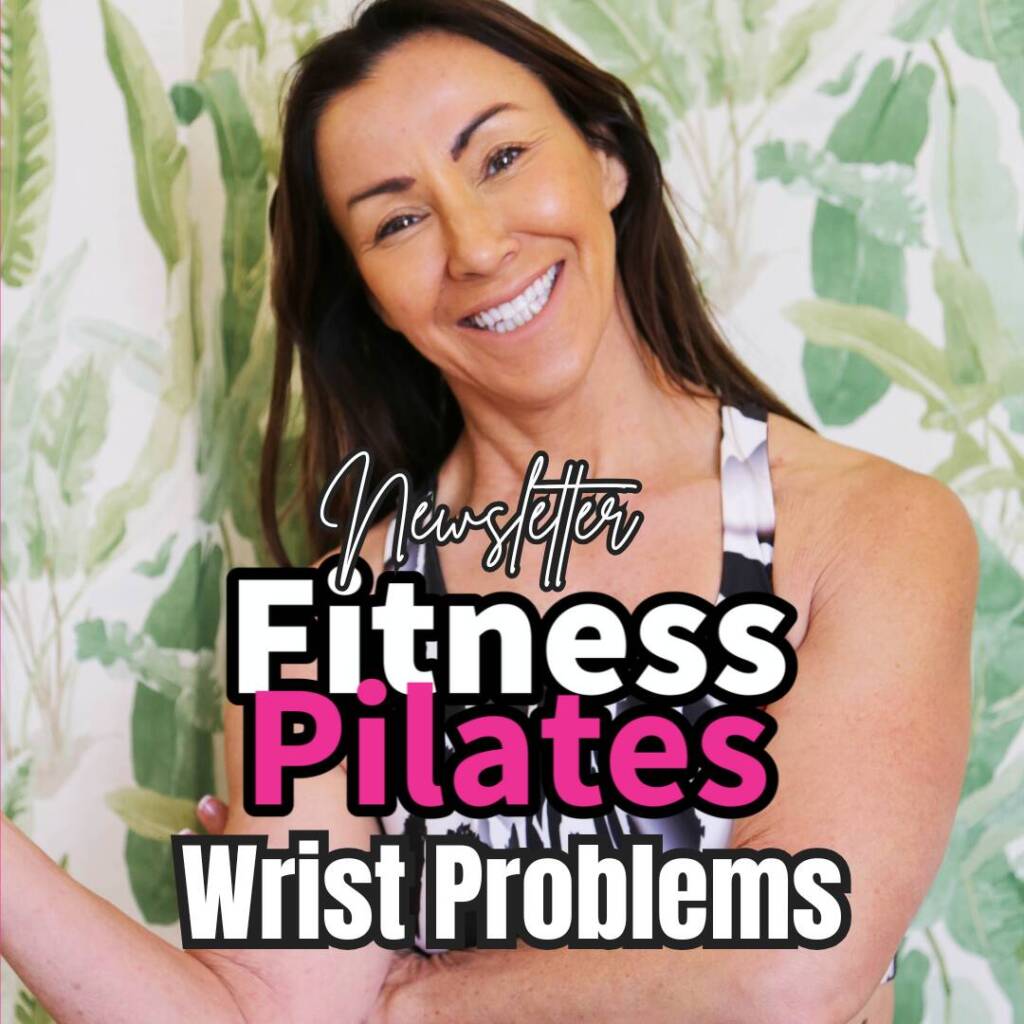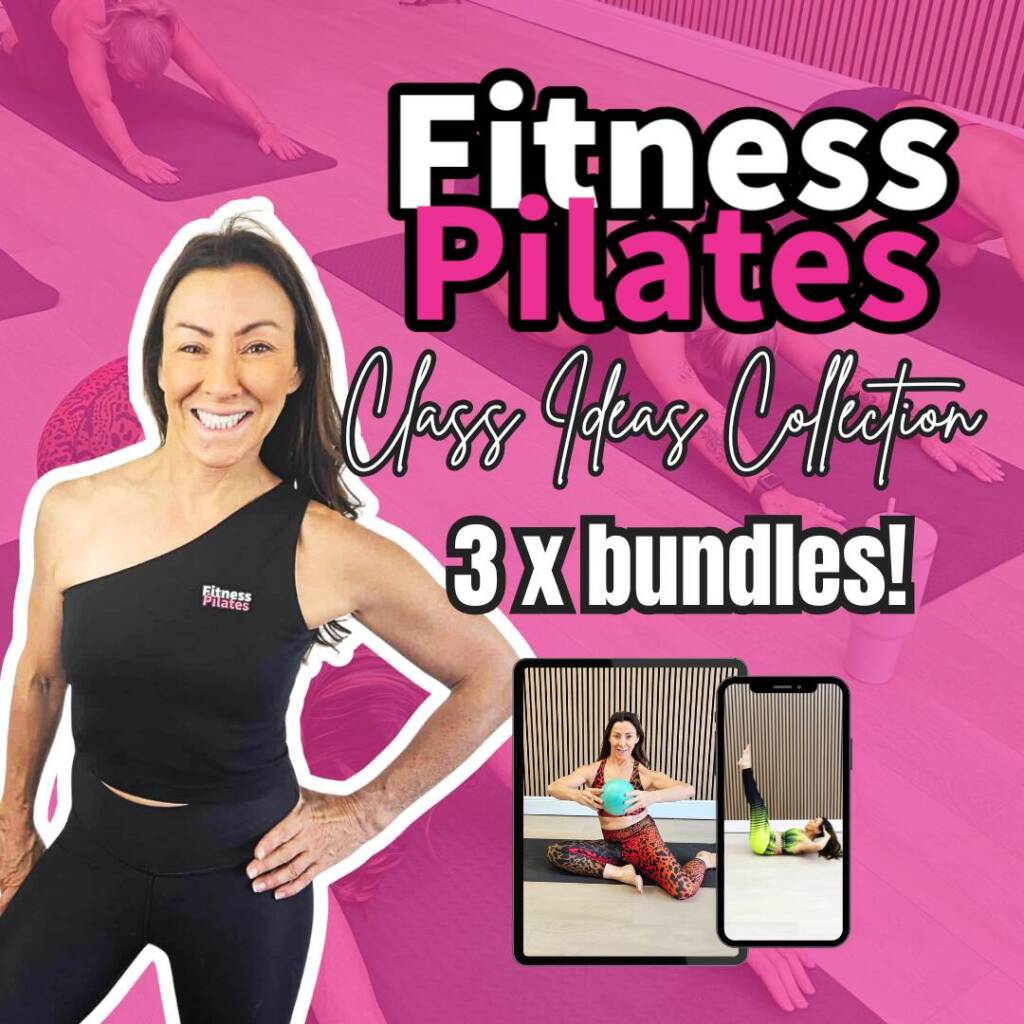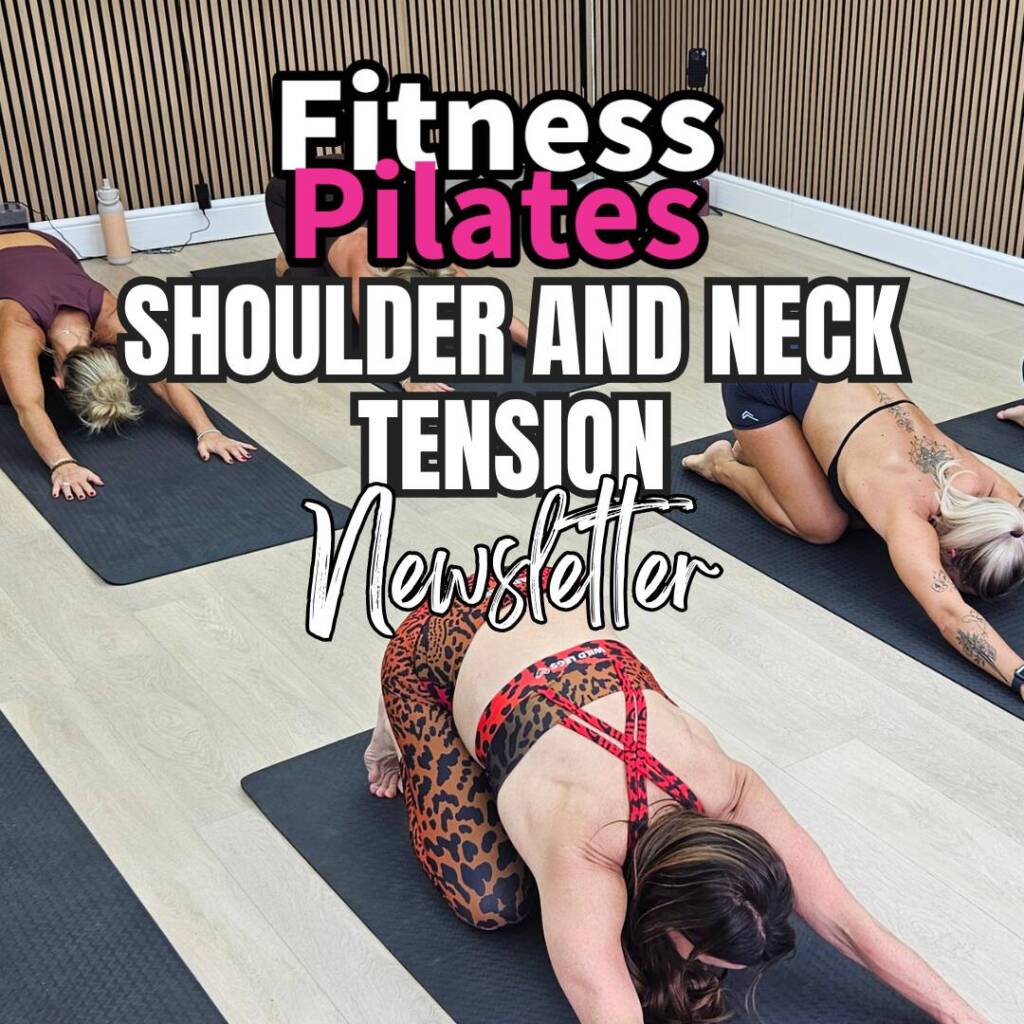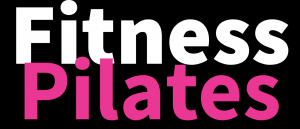
The Fitness Pilates Blog
Shoulder Issues & Fitness Pilates: What You Need to Know
Shoulder Issues & Fitness Pilates: What You Need to Know
Many people attend Fitness Pilates classes with shoulder discomfort, restricted mobility, or previous injuries. As instructors, it’s essential we recognise the most common shoulder conditions and understand how to adapt our sessions to keep everyone moving safely and effectively.
In today’s article, we explore:
Common Shoulder Conditions you’ll see in class – from rotator cuff injuries and frozen shoulder to impingement, bursitis, and instability.
How Fitness Pilates can support recovery through posture correction, gentle mobility, breathwork and functional movement.
Key Exercise Do’s and Don’ts – to help you structure shoulder-safe sessions and confidently offer layered options.
1. Rotator Cuff Injuries
Description:
Involves irritation or tears in the group of muscles/tendons stabilising the shoulder joint. Often caused by overuse, poor posture, or trauma.
Fitness Pilates Do’s:
- Focus on posture and scapular stabilisation.
- Include slow, controlled shoulder mobilisation within pain-free range.
- Strengthen surrounding areas such as the mid-back and thoracic spine.
Don’ts:
- Avoid overhead loading or fast/jerky arm movements.
- Don’t cue clients to push through discomfort.
- Be cautious with prone positions that extend the shoulder.
2. Frozen Shoulder (Adhesive Capsulitis)
Description:
A condition causing stiffness and pain in the shoulder joint with limited mobility, especially in external rotation and overhead reach.
Fitness Pilates Do’s:
- Focus on mobility within a tolerable range.
- Encourage gentle arm swings, shoulder circles, and passive range of motion work.
- Prioritise breathwork and thoracic mobility.
Don’ts:
- Avoid pushing into stretches – keep all movement mild and pain-free.
- Refrain from weight-bearing through the arms (e.g., plank) in the acute phase.
- Avoid prolonged holds in uncomfortable ranges.
3. Shoulder Impingement Syndrome
Description:
Occurs when shoulder tendons are pinched during movement, leading to pain, especially with lifting or reaching overhead.
Fitness Pilates Do’s:
- Strengthen posture muscles to improve scapular alignment.
- Use light resistance bands for gentle external rotation work.
- Cue neck and upper back release to reduce tension.
Don’ts:
- Avoid repetitive overhead movements.
- Don’t perform full-range shoulder abduction (lifting arm to the side) without support.
- Be mindful of loading in flexion (e.g., arm forward raises).
4. Shoulder Bursitis
Description:
Inflammation of the bursa (fluid-filled sac) in the shoulder that cushions tendons and joints, often resulting from overuse or trauma.
Fitness Pilates Do’s:
- Promote gentle joint mobility and isometric work.
- Work on thoracic mobility and scapular control.
- Include breath-led movement to down-regulate the nervous system.
Don’ts:
- Avoid sudden, large movements or resistance work in acute stages.
- Refrain from side-lying positions that compress the shoulder.
- Avoid full weight-bearing on the affected arm.
5. Shoulder Osteoarthritis
Description:
Degenerative changes in the shoulder joint leading to stiffness, pain, and reduced range of motion.
Fitness Pilates Do’s:
- Prioritise functional range movement and joint nutrition through mobility.
- Include gentle resistance exercises to maintain muscle support.
- Keep movements fluid and pain-free.
Don’ts:
- Avoid prolonged holds or isometric contractions in painful ranges.
- Limit end-range rotation or overhead stretches that may aggravate.
- Be careful with resistance if joints are inflamed.
6. Shoulder Instability / Hypermobility
Description:
A loose or unstable shoulder joint, often in hypermobile individuals, that may feel like it “slips” or lacks control.
Fitness Pilates Do’s:
- Focus on slow, controlled movements and proprioception.
- Build strength in the rotator cuff and scapular stabilisers.
- Encourage posture and core integration.
Don’ts:
- Avoid large, uncontrolled ranges of motion.
- Don’t encourage end-range holds or passive stretching.
- Be cautious with dynamic load-bearing (plank variations, for example).
Fitness Pilates Shoulder-Friendly Do’s and donts:- Postural Alignment & Scapular Control
- Cue neutral spine and scapulae stabilisation.Incorporate wall posture drills and seated/standing posture resets.Use breathwork to connect with core and upper body tension release.
- Shoulder rolls, arm circles (small range), and pendulum swings.
- Thread the Needle (if shoulder can tolerate weight on supporting side).
- Floor-based shoulder bridges with arm movements within comfort zone.
- Isometric holds (e.g., pressing hands into thighs).
- Light resistance band exercises (e.g., external rotation, W arms).
- Closed-chain exercises like 4-point kneeling (with options to elevate hands on blocks if needed).
- Rotation and extension in seated or side-lying positions.
- Pilates Hundreds (with arms supported) and Toe Taps.
- Supine arms to ceiling – small controlled lowers only if pain-free.
- Seated nasal breathing, side-lying diaphragmatic breathing.
- Focus on ribcage expansion to support posture and reduce tension.
- Mindful, flowing transitions to reduce upper body gripping.
- Overhead Repetitive Loading
- Avoid constant overhead arm lifts, especially with weights or resistance bands.
- Refrain from holding arms in elevation without breaks.
- Don’t stretch beyond the active range – no passive pulling or straining.
- Avoid cues like “reach as far as you can” – instead say “move within your comfortable range.”
- Avoid full planks or press-ups for acute or painful shoulder conditions.
- Modify 4-point kneeling with props or by lowering to forearms.
- No flinging, throwing, or uncontrolled arm movements. Avoid rapid transitions with arms or props (e.g., mini ball overhead).
- Don’t hold arms extended (in T or Y) for too long.
- Avoid loaded isometric holds in painful positions (like in shoulder flexion or abduction).
- General Instructor Tips
- Always offer layered options: no shoulder load, light load, full load.
- Watch for compensation patterns: shrugging, excessive lumbar arching.
- Prioritise individual feedback and use the phrase “how does that feel?” regularly.
- Encourage self-pacing and support props (blocks, pillows, resistance bands).
Ill post this in the Fitness Pilates Facebook group so we can continue the discussion there.
Let me know your thoughts
Have a lovely weekend.
Rachel x
JUNE PILATES COURSES
JUNE PILATES COURSES
June Training Opportunities – Don’t Miss Out!
June is Pilates Teacher Training month here at Choreographytogo Education! We have a wide range of pilates courses and qualifications in Pilates and reformer, see below:
Active IQ Level 3 Pilates Matwork Diploma 5/12/19 June Online via Zoom 3 contact days
Level 3 Reformer Pilates Studio Qualification 24 June Bloom Reformer Studio Derby Live event
Fitness Pilates Reformer Certification Online ZOOM 25 June
Fitness Pilates Teacher Training Course on Zoom 28/29 June 2 live contact training days on Zoom
Would you like to book Fitness Pilates & Fitness Pilates Reformer Together? Learn more here
Our courses are Accredited and we boast 5 star reviews, we hope to welcome you onto a course this June!
Get our special Summer Solstice bundle here
Join the Fitpro Choreography Newsletter here
Join the Fitness Pilates newsletter here
Join my free women’s wellness newsletter here
Share this post:
Latest Fitness Pilates Courses & Classes

Infrared Fitness Pilates Hot & Reformer Masterclass in C2GO Studio For Fitpros January
£55.00

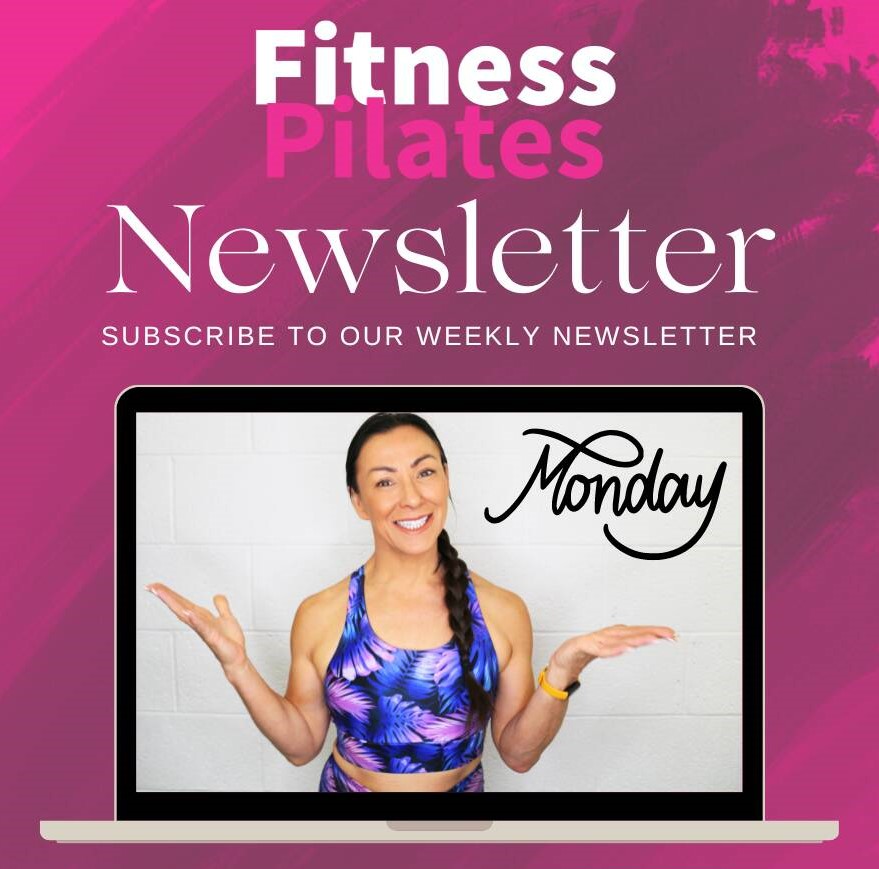
The latest Fitness Pilates blogs & news
Join the Fitness Pilates newsletter
A short description introducing your business and the services to visitors.
